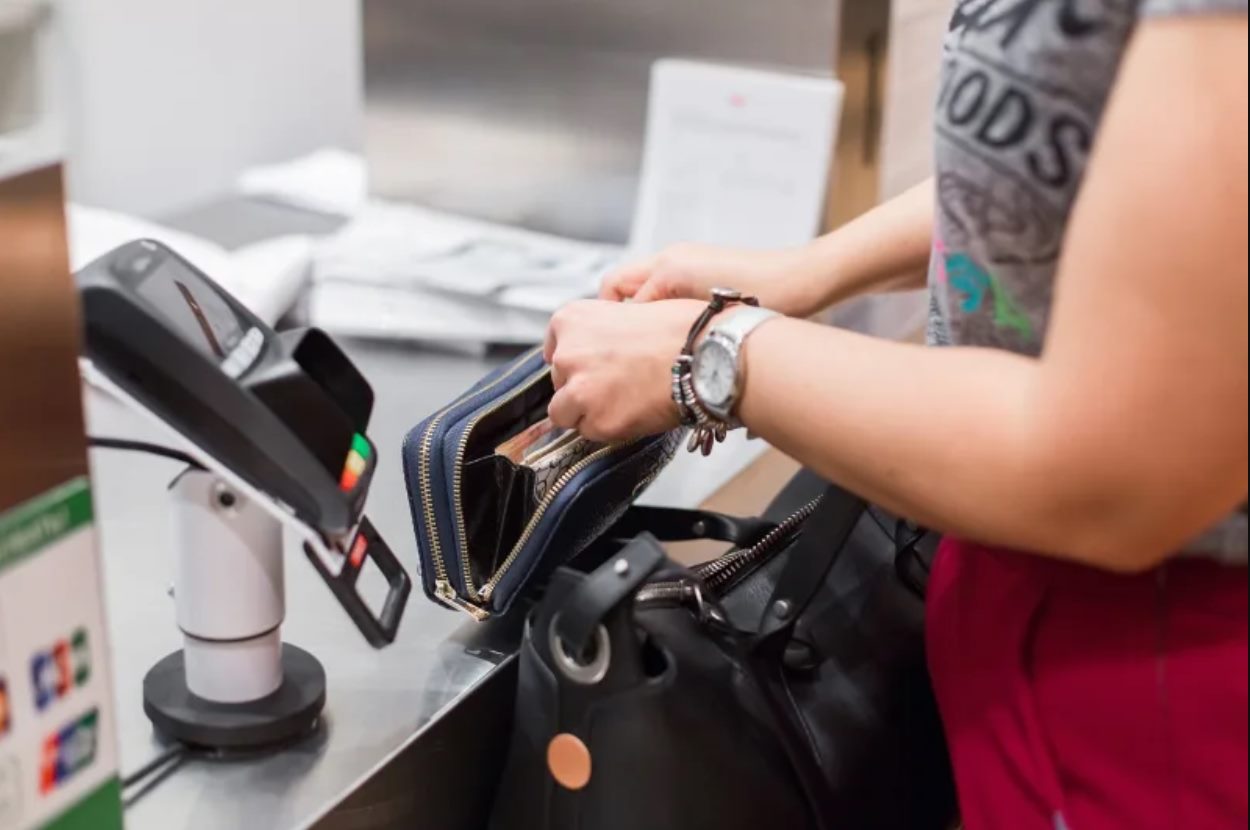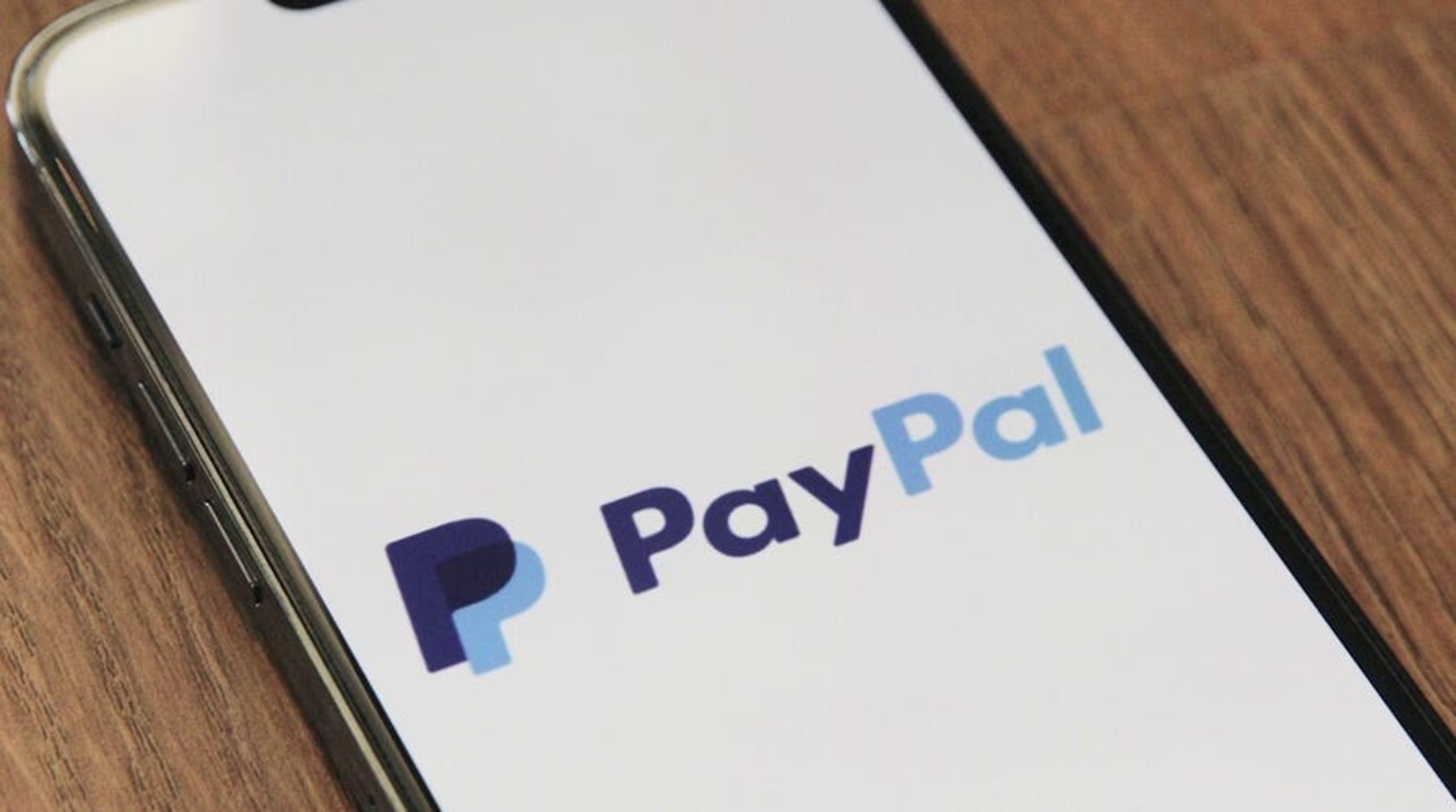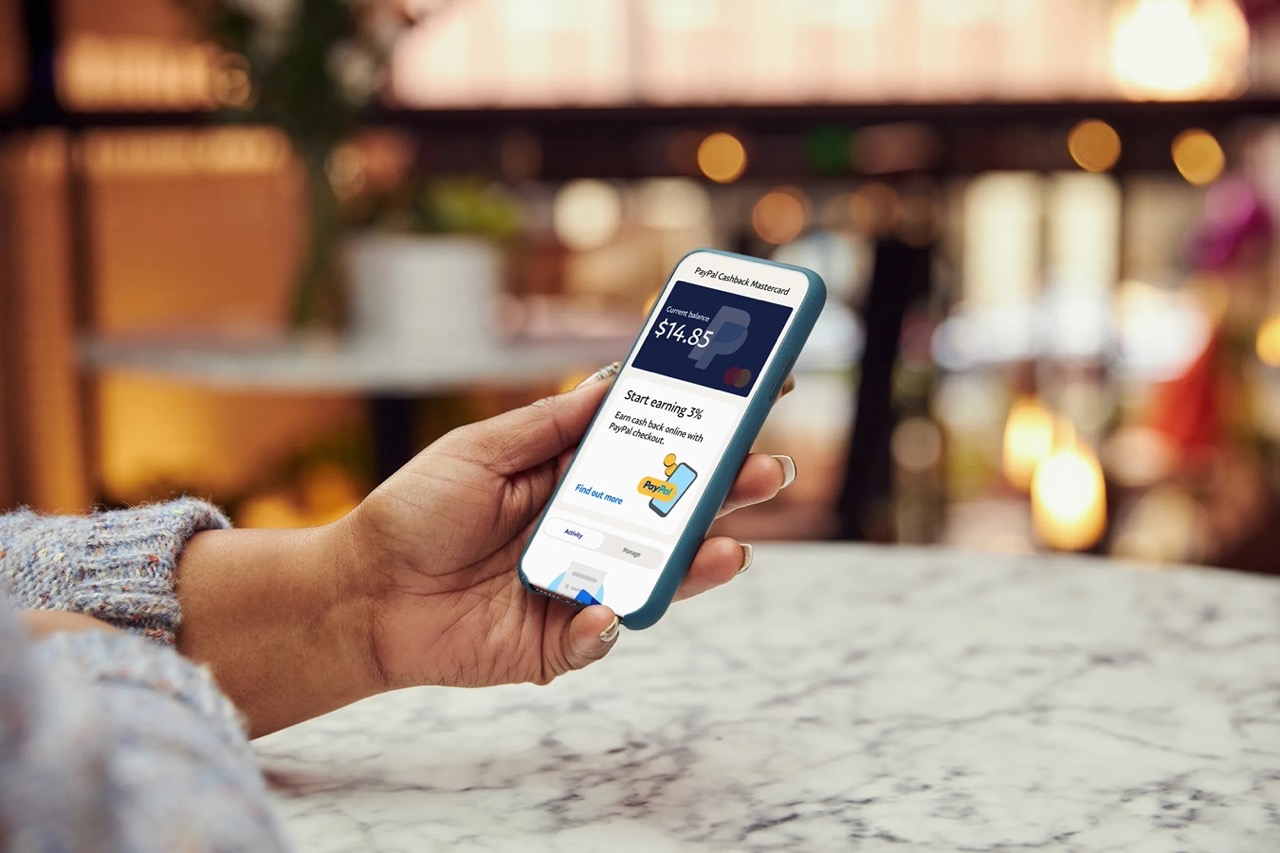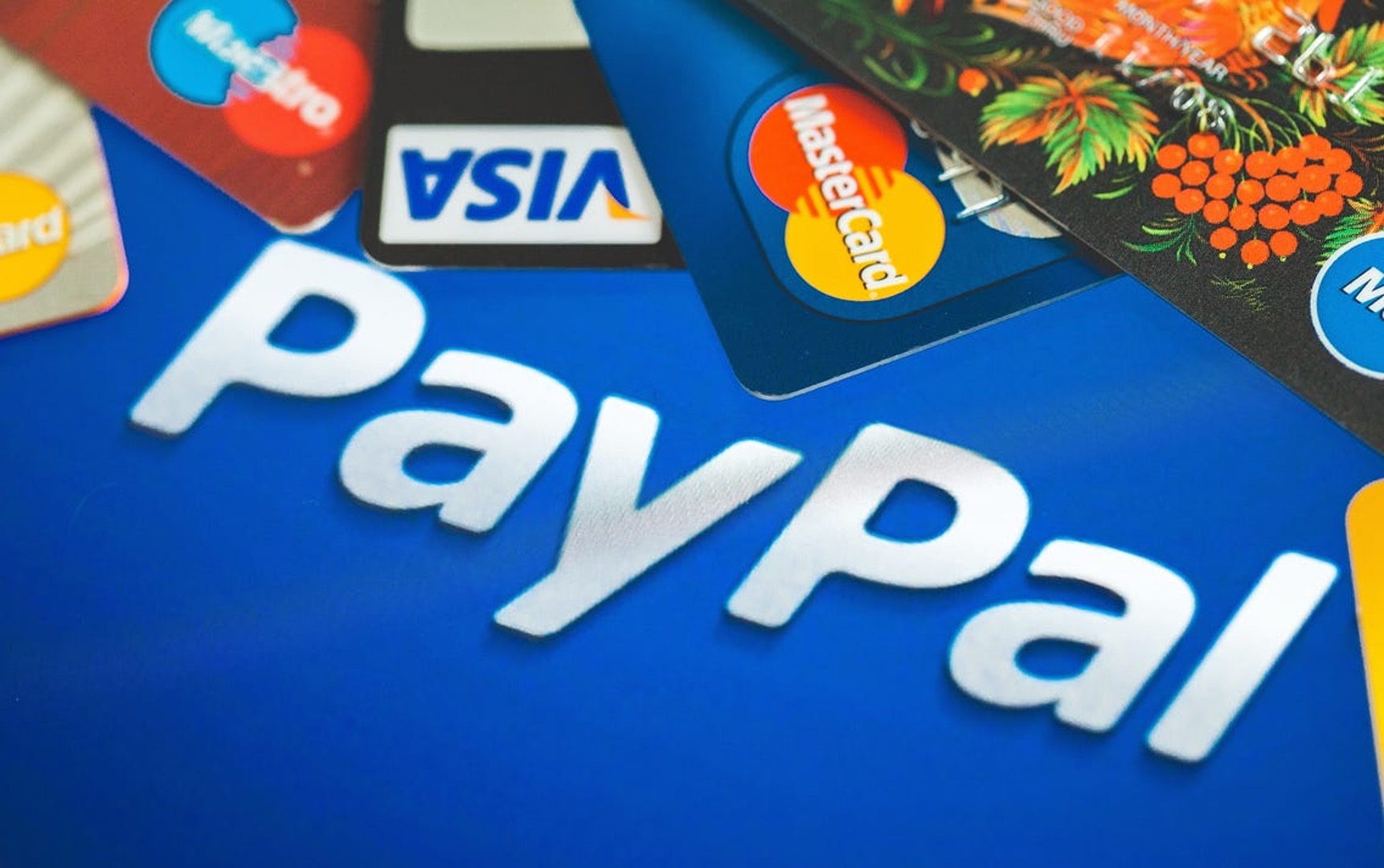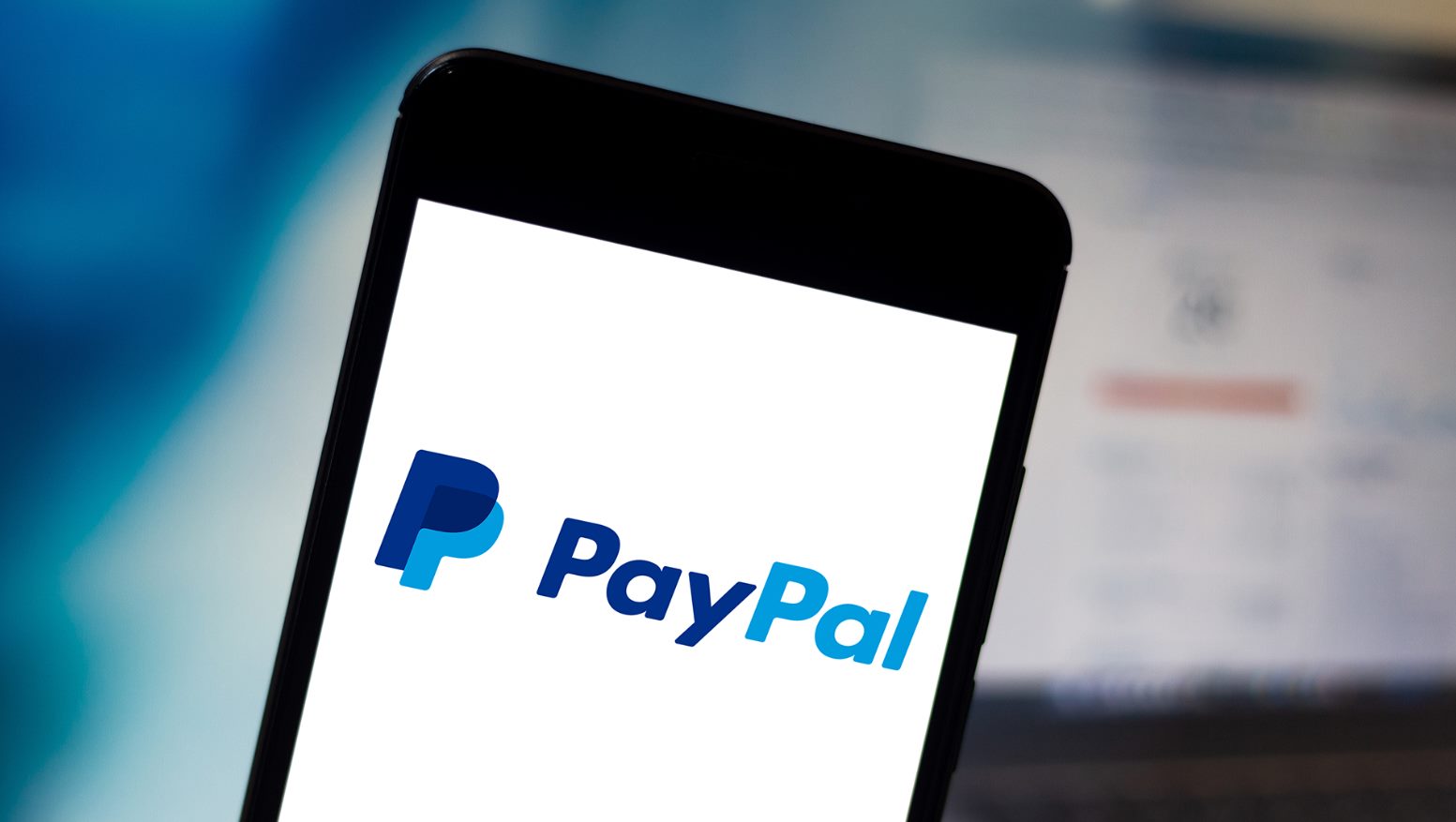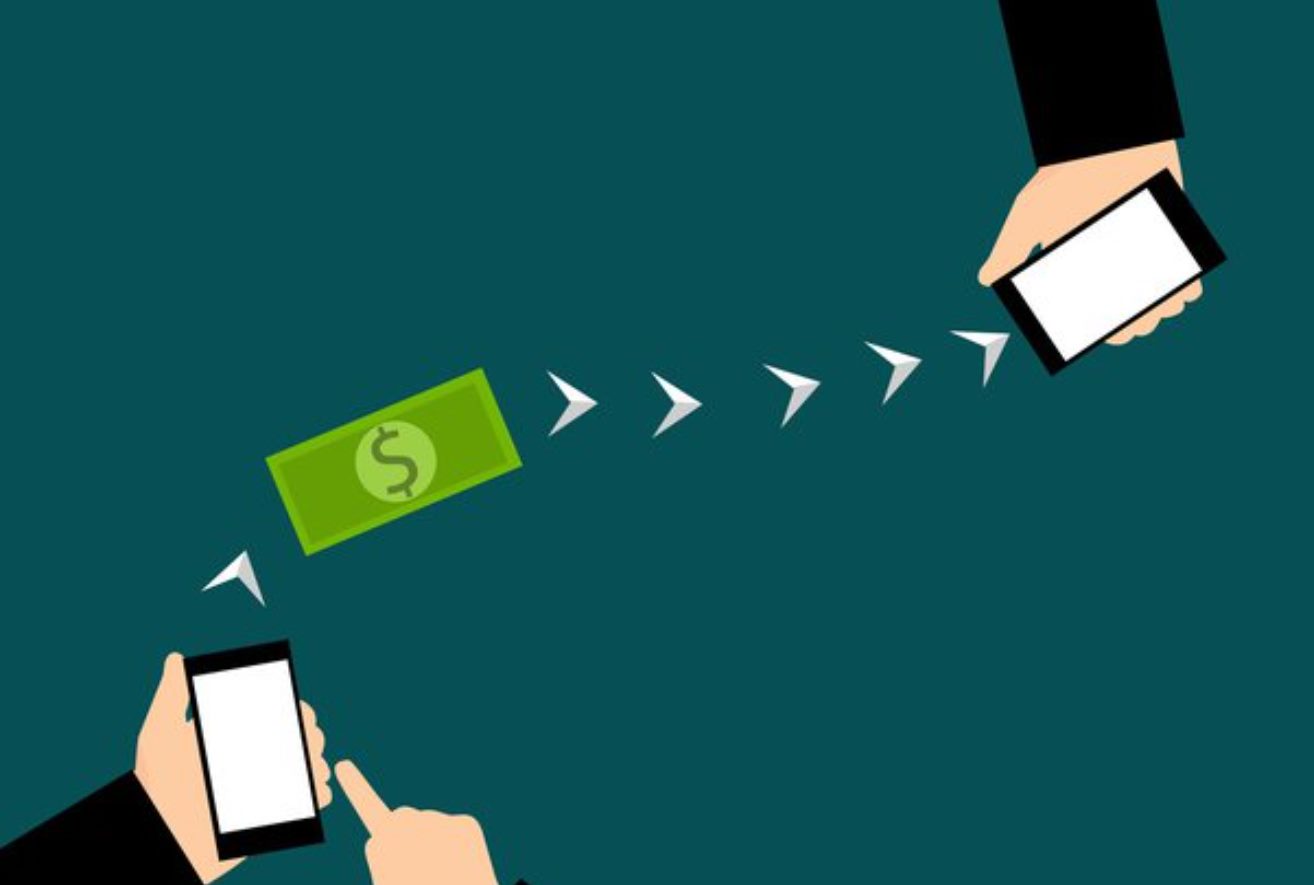Introduction
Welcome to the world of PayPal, the popular online payment platform that allows you to send and receive money securely from anywhere in the world. While PayPal provides a convenient and reliable way to make transactions, there may be instances where you encounter issues and need to get your money back.
Whether it’s a failed transaction, a missing item, or an unauthorized charge, PayPal offers a process for disputing and obtaining a refund. In this article, we will guide you through the steps to help you recover your funds and resolve any issues you may face.
It’s important to note that PayPal has specific guidelines and requirements when it comes to requesting a refund or disputing a transaction. Understanding these processes can greatly improve your chances of successfully getting your money back.
In this comprehensive guide, we will cover various scenarios where you may need to seek a refund on PayPal. We will discuss how to dispute a transaction, what to do if you didn’t receive an item, how to request a refund, how to escalate a dispute, and ultimately, how to increase your chances of winning a PayPal dispute.
We will also address specific situations such as getting a refund for a canceled order, recovering funds for a fraudulent transaction, and resolving issues related to unauthorized activity on your PayPal account.
By following the steps and tips outlined in this article, you can navigate the PayPal refund process effectively and increase your chances of recouping your funds. Let’s dive in and learn how to get money back on PayPal.
How to Dispute a Transaction on PayPal
It can be frustrating to encounter a problem with a transaction on PayPal, but fortunately, the platform offers a dispute resolution process. If you believe that a transaction was unauthorized, fraudulent, or you didn’t receive the item you paid for, here’s how you can dispute it:
- Log in to your PayPal account and go to the Resolution Center.
- Select “Dispute a Transaction” and choose the transaction you want to dispute.
- Specify the reason for the dispute and provide any supporting documentation, such as emails or receipts.
- Communicate with the seller and try to resolve the issue directly. If you’re unable to reach a resolution, proceed with the dispute.
- PayPal will review the dispute and may request additional information or evidence from both parties involved in the transaction.
- Be sure to respond promptly to any requests from PayPal to avoid delays in the resolution process.
- Once all the necessary information is gathered, PayPal will make a final decision. If the decision is in your favor, you’ll receive a refund for the disputed amount.
- If the decision is not in your favor, you may have the option to escalate the dispute to a claim. This involves PayPal stepping in to investigate further and make a final decision.
- Keep in mind that PayPal’s decision is final, and it’s important to provide accurate and truthful information to strengthen your case.
By following these steps, you can initiate the dispute process on PayPal and work towards resolving any issues with a transaction. Remember to keep all communication with the seller documented and respond promptly to any requests from PayPal. This will help expedite the resolution process and increase your chances of getting a refund.
What to Do If You Didn’t Receive an Item
One of the most common issues PayPal users face is not receiving the item they paid for. Whether it’s a physical product, a digital download, or a service, here’s what you can do if you find yourself in this situation:
- Check the estimated delivery date: If the item has not arrived yet, ensure that the estimated delivery date has passed. Sometimes, shipments may be delayed, especially if it’s an international purchase.
- Contact the seller: Reach out to the seller and inquire about the status of your order. Explain that you have not received the item and ask for an update. It’s possible that there was a misunderstanding or an unforeseen delay.
- Keep records: Document all communication with the seller, including dates, times, and the content of the conversations or emails. This will serve as evidence if you need to escalate the issue to PayPal.
- Open a dispute on PayPal: If you have not received a satisfactory response from the seller or if they are unresponsive, it’s time to escalate the issue. Go to the Resolution Center on PayPal and select “Item dispute.” Provide all the necessary details about the transaction and explain that you did not receive the item.
- Work with PayPal: PayPal will step in and initiate an investigation into the matter. They may request additional information from both you and the seller to verify the status of the item. Respond promptly to any requests from PayPal to avoid delays in the resolution process.
- Wait for a resolution: PayPal will review all the information and reach a decision. If the decision is in your favor, you’ll be eligible for a refund for the item’s cost plus any shipping fees you may have paid. If the decision is not in your favor, you may have the option to escalate the dispute to a claim for further investigation.
Remember, it’s crucial to act promptly and maintain clear communication throughout the process. Keep all documents and evidence related to the transaction, including receipts, invoices, and tracking numbers if applicable. This will help support your case and increase your chances of getting a refund if you didn’t receive the item you paid for on PayPal.
How to Request a Refund on PayPal
Sometimes, you may need to request a refund for a variety of reasons, such as receiving a damaged item, being dissatisfied with a service, or canceling an order. Here’s a step-by-step guide on how to request a refund on PayPal:
- Log in to your PayPal account and go to the Resolution Center.
- Select “Report a Problem” and choose the transaction for which you want to request a refund.
- Specify the reason for the refund request, providing as much detailed information as possible. Include any supporting evidence, such as photographs of the damaged item or screenshots of misleading product descriptions.
- Communicate with the seller: Before escalating the issue, try reaching out to the seller and discussing the problem directly. It’s possible to resolve the issue amicably without involving PayPal.
- If you cannot come to an agreement with the seller or they are unresponsive, escalate the issue by clicking on “Continue” to proceed with the refund request.
- PayPal will review the information provided and may request additional details or evidence from both parties involved in the transaction.
- Cooperate with PayPal’s investigation promptly: Respond to any inquiries or requests for information to expedite the resolution process.
- After assessing all the information, PayPal will make a final decision. If the decision is in your favor, you’ll receive a refund for the disputed amount.
- If the decision does not go in your favor, you may have the option to escalate the dispute to a claim, and PayPal will provide further assistance to resolve the issue.
It’s essential to provide accurate and detailed information when requesting a refund on PayPal. Be sure to communicate clearly with the seller and respond promptly to any requests from PayPal. Keeping all records and evidence related to the transaction will also strengthen your case and improve your chances of receiving a refund.
How to Escalate a Dispute on PayPal
If you’ve already opened a dispute on PayPal but haven’t found a satisfactory resolution with the seller, you can escalate the dispute to seek further assistance. Here’s a step-by-step guide on how to escalate a dispute on PayPal:
- Login to your PayPal account and navigate to the Resolution Center.
- Find the open dispute that you want to escalate and click on it to view the details.
- Review the information provided and click on the “Escalate to a Claim” button.
- PayPal will analyze the dispute and may ask both parties involved for additional evidence or information to support their case.
- Cooperate with PayPal: Respond promptly to any requests and provide any requested documents or information to strengthen your claim.
- After reviewing all the details and evidence, PayPal will make a final decision on the claim.
- If the decision is in your favor, you’ll receive a refund for the disputed amount.
- If the decision doesn’t go in your favor, understand that PayPal’s decision is final and binding. At this point, you may not be able to further challenge the outcome.
- It’s important to note that escalating a dispute to a claim should be done when you are confident in your position and have exhausted all possible means of reconciliation with the seller.
Remember, when escalating a dispute to a claim, be clear and concise in presenting your case. Provide all requested information promptly and keep the lines of communication open with PayPal throughout the process. Maintaining transparency and providing accurate details will increase your chances of a favorable resolution.
How to Win a PayPal Dispute
When it comes to resolving a dispute on PayPal, your goal is to present a strong case that supports your claim. Winning a PayPal dispute involves providing clear and convincing evidence to prove your position. Here are some tips to help you increase your chances of winning a PayPal dispute:
- Gather evidence: Collect all relevant documents, emails, receipts, and any other proof related to the transaction in question. This includes screenshots of conversations, photos of damaged items, or any other evidence that supports your claim.
- Be prompt and thorough: Respond to PayPal’s requests for information promptly and provide all the necessary details accurately. Failing to provide requested information in a timely manner may weaken your case.
- Be organized: Keep your documentation organized and present your case in a clear and logical manner. Make sure your evidence is easy to understand and supports your claim effectively.
- Stay professional: When communicating with PayPal, remain respectful and professional. Avoid using aggressive language or making personal attacks. Stick to the facts and present your case objectively.
- Provide specific details: Clearly state the issue, including dates, amounts, and any other pertinent information. The more specific and detailed you are, the stronger your case will be.
- Focus on the facts: Stick to the relevant details and avoid including any irrelevant information or personal opinions. The more focused and factual your arguments are, the more persuasive they will be.
- Stay persistent: Follow up with PayPal if there are delays in their decision-making process. Politely inquire about the status of your dispute and provide any additional information they may require.
- Know PayPal’s policies: Familiarize yourself with PayPal’s terms and conditions, as they will serve as a guide in determining whether you have a valid claim. Make sure your dispute falls within the scope of PayPal’s policies.
- Seek assistance if needed: If you’re unsure about how to proceed or need additional guidance, consider reaching out to PayPal’s customer support for assistance.
By following these tips and presenting a strong and well-supported case, you can increase your chances of winning a PayPal dispute. Keep in mind that PayPal will carefully review all the evidence and make a decision based on their policies and guidelines. Stay patient, persistent, and professional throughout the process.
How to Get a Refund on PayPal for a Canceled Order
If you’ve had to cancel an order and are looking to get a refund on PayPal, the process can be relatively straightforward. Here are the steps to take:
- Contact the seller: Reach out to the seller as soon as possible to inform them that you want to cancel the order. Most sellers appreciate open communication and will likely be willing to work with you to resolve the issue.
- Check the seller’s cancellation policy: Review the seller’s cancellation policy to understand their terms and conditions regarding refunds. This information can usually be found on their website or within their listing on PayPal.
- Request a refund: If the seller agrees to cancel the order and provide a refund, ask them to initiate the refund directly through PayPal. They can do this by going to the transaction details within their PayPal account and selecting the refund option.
- Check your PayPal account: Once the refund is initiated, you should receive an email notification from PayPal. It may take several business days for the refund to appear in your PayPal account, depending on the seller’s processing time.
- Verify the refund: Log in to your PayPal account and check your transaction history to ensure that the refund has been processed. If there are any issues or discrepancies, reach out to both the seller and PayPal for assistance.
- Follow up if needed: If the refund does not appear in your PayPal account within the expected timeframe, contact the seller to inquire about the status of the refund. If necessary, you can also open a dispute through PayPal’s Resolution Center for further assistance.
It’s important to communicate clearly and promptly with the seller to ensure a smooth refund process. Additionally, make sure to keep records of all communication, including emails and any relevant order or refund details. This documentation will be useful in case there are any further disputes or issues that need to be addressed.
Remember, each seller may have their own policies and procedures for processing refunds. By being proactive, communicative, and familiarizing yourself with the seller’s cancellation and refund policy, you can more effectively navigate the refund process on PayPal for a canceled order.
How to Get a Refund on PayPal for a Fraudulent Transaction
If you suspect a fraudulent transaction on PayPal and need to get a refund, it’s important to take immediate action to protect your account and funds. Here’s what you should do:
- Review the transaction details: Carefully examine the transaction in question and gather all relevant information, including the date, time, amount, and any communication or documentation related to the transaction.
- Contact PayPal: Reach out to PayPal’s customer service through their website or helpline to report the fraudulent transaction. Describe the situation, provide the necessary details, and explain why you believe the transaction is fraudulent.
- Secure your PayPal account: Change your PayPal password immediately to prevent any further unauthorized access to your account. Enable two-factor authentication for an extra layer of security.
- File a dispute: Open a dispute for the fraudulent transaction through the PayPal Resolution Center. Provide all the evidence, such as emails, receipts, or screenshots, that support your claim of fraud.
- Cooperate with PayPal’s investigation: PayPal may request additional information or documentation to assist in their investigation. Respond promptly and provide all requested details to help strengthen your case.
- Monitor your account: Regularly check your PayPal account and associated bank accounts or credit cards for any suspicious activity. Report any unauthorized purchases or transactions immediately to PayPal.
- Follow PayPal’s instructions: PayPal will review your dispute and investigate the fraudulent transaction. Follow any instructions provided by PayPal and be prepared to provide additional information if required.
- Be patient: Resolving a fraudulent transaction can take time, as PayPal needs to thoroughly investigate the issue. Stay in regular contact with PayPal’s customer service to check on the progress of your dispute.
- Refund resolution: If PayPal determines that the transaction was indeed fraudulent, they will refund the full amount to your PayPal account.
Remember, it’s important to act quickly when dealing with a fraudulent transaction. By promptly reporting the issue to PayPal and providing all necessary information, you increase your chances of receiving a refund and protecting your account from further unauthorized activity.
Additionally, remain vigilant and keep an eye out for any suspicious emails or phishing attempts claiming to be from PayPal. Fraudsters may try to gather your personal information by posing as PayPal representatives. Always authenticate any communication directly through the official PayPal channels.
How to Get a Refund on PayPal for Unauthorized Activity
If you notice unauthorized activity on your PayPal account, such as unauthorized transactions or suspicious charges, it’s crucial to take immediate action to protect your account and funds. Here’s what you should do to get a refund:
- Secure your account: Change your PayPal password immediately to prevent further unauthorized access. Enable two-factor authentication for added security.
- Report the unauthorized activity: Contact PayPal’s customer service as soon as possible to report the unauthorized transactions. Provide them with all the necessary details, such as the transaction amounts, dates, and any other relevant information.
- Open a dispute: Go to the PayPal Resolution Center and open a dispute for the unauthorized transactions. Provide all the details and evidence to support your claim. This may include screenshots, emails, or any other documentation related to the unauthorized activity.
- Cooperate with PayPal’s investigation: PayPal may request additional information or documentation to assist in their investigation. Respond promptly and provide all requested details to help strengthen your case.
- Monitor your account: Regularly check your PayPal account and associated bank accounts or credit cards for any further unauthorized activity. Report any suspicious transactions directly to PayPal.
- Follow PayPal’s instructions: PayPal will review your dispute and investigate the unauthorized activity. Follow any instructions provided by PayPal and be prepared to provide additional information if required.
- Be patient: Resolving unauthorized activity cases can take time, as PayPal needs to thoroughly investigate the issue. Stay in regular contact with PayPal’s customer service to check on the progress of your dispute.
- Refund resolution: If PayPal determines that the activity was unauthorized, they will refund the affected amount back to your PayPal account.
- Review your account security: Take steps to enhance the security of your PayPal account by updating your passwords regularly, enabling two-factor authentication, and monitoring your account for any suspicious activity.
It’s crucial to act swiftly when dealing with unauthorized activity on PayPal. By reporting the issue immediately and providing the necessary evidence, you improve your chances of receiving a refund and protecting your account from further unauthorized access.
Additionally, remain vigilant and be cautious of any phishing attempts or suspicious emails claiming to be from PayPal. Fraudsters may try to gather your personal information through deceptive means. Always authenticate communication directly through the official PayPal channels.
How to Avoid Common Mistakes in Getting Money Back on PayPal
When it comes to getting money back on PayPal, there are common mistakes that users can inadvertently make that may hinder their chances of a successful resolution. Here are some tips to help you avoid these common mistakes:
- Understand PayPal’s policies: Familiarize yourself with PayPal’s terms and conditions, including their refund and dispute resolution policies. Knowing the guidelines and requirements will help you navigate the process more effectively.
- Act promptly: If you encounter an issue with a transaction, don’t delay in taking action. Report the problem, open a dispute, or contact PayPal’s customer service as soon as possible. Delaying may limit your options for resolution.
- Keep records: Maintain a record of all communication, including emails, messages, receipts, and any other documentation related to the transaction. This evidence will be crucial in supporting your claim during a dispute.
- Provide accurate and detailed information: When opening a dispute or contacting PayPal, make sure to provide accurate and detailed information about the transaction, including dates, amounts, and any relevant supporting evidence. Incomplete or incorrect information can delay the resolution process.
- Respond promptly to PayPal’s requests: If PayPal requests additional information or documentation to support your claim, respond promptly and provide the requested details. Delayed responses may result in a delay in the resolution process.
- Be courteous and professional: Maintain a respectful and professional tone when communicating with PayPal, sellers, or any other involved party. Avoid aggressive or rude language, as it may negatively impact the resolution process.
- Be truthful and transparent: Provide honest and accurate information throughout the process. Fabrication or exaggeration of facts can undermine your credibility and harm your chances of a successful resolution.
- Double-check the transaction details: Before opening a dispute, ensure that you have reviewed the transaction details thoroughly. Verify the item, amount, and other pertinent information to avoid any misunderstandings or mistakes.
- Stay vigilant against scams: Be cautious of phishing attempts or fraudulent emails claiming to be from PayPal. Always authenticate communication directly through PayPal’s official channels to avoid falling victim to scams.
- Seek assistance if needed: If you’re unsure about the refund process or need further guidance, reach out to PayPal’s customer support or refer to their online resources. They can provide valuable assistance and answer any questions you may have.
By avoiding these common mistakes and following these tips, you can navigate the process of getting money back on PayPal more effectively. Remember to act promptly, provide accurate information, and maintain clear communication throughout the dispute resolution process.
Conclusion
Getting money back on PayPal doesn’t have to be a daunting task. By understanding the processes involved and following the recommended steps, you can increase your chances of a successful resolution. Whether you are disputing a transaction, seeking a refund for a canceled order, or dealing with unauthorized or fraudulent activity, PayPal provides a framework to address these issues.
Remember to act promptly when you encounter an issue, whether it’s filing a dispute, contacting the seller, or reaching out to PayPal’s customer service. Keep accurate records of all communication and provide detailed information to support your claim. Cooperation and timely responses will greatly assist in the resolution process.
While it’s essential to assert your rights and protect your funds, it’s also important to maintain a respectful and professional demeanor throughout the process. Treat all parties involved with courtesy and stick to the facts to strengthen your case. Utilize PayPal’s dispute resolution services and escalate the matter if necessary to ensure a fair outcome.
Lastly, stay vigilant against scams and phishing attempts. Always authenticate any communication directly through PayPal’s official channels to prevent falling victim to fraud. By being proactive and informed, you can safeguard your account and funds.
We hope this comprehensive guide has provided you with the necessary information and strategies to navigate the refund process on PayPal. Remember to familiarize yourself with PayPal’s policies and guidelines, act promptly, and provide accurate information to maximize your chances of a successful resolution. By following these steps, you can successfully get your money back on PayPal and protect yourself from potential fraud or issues.










